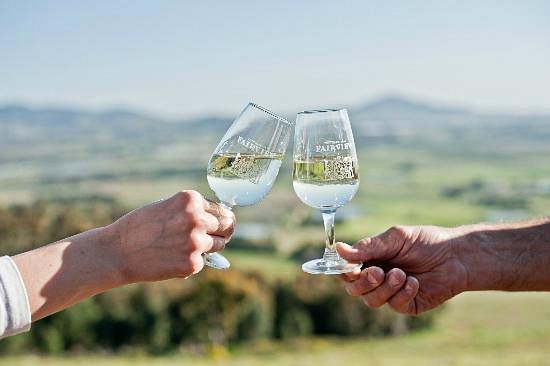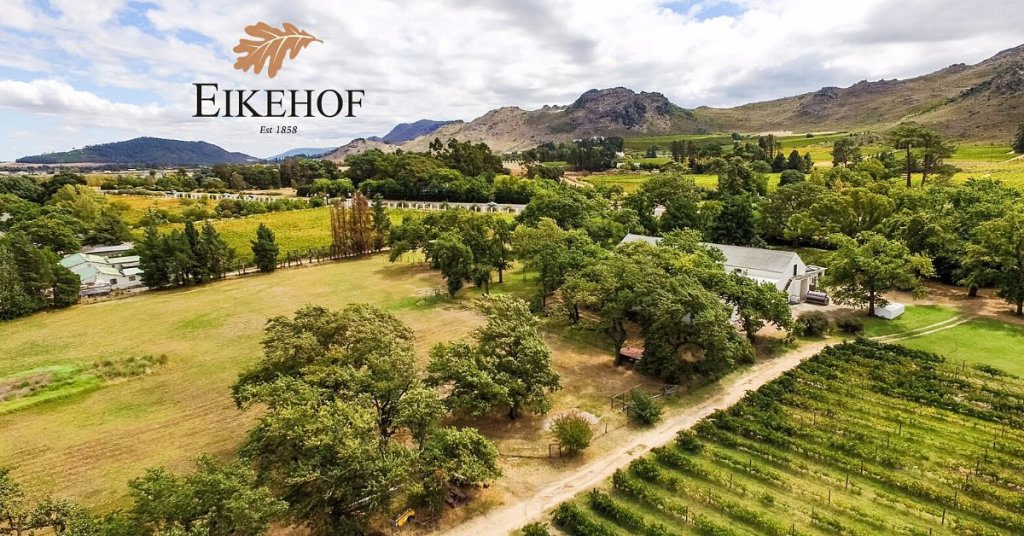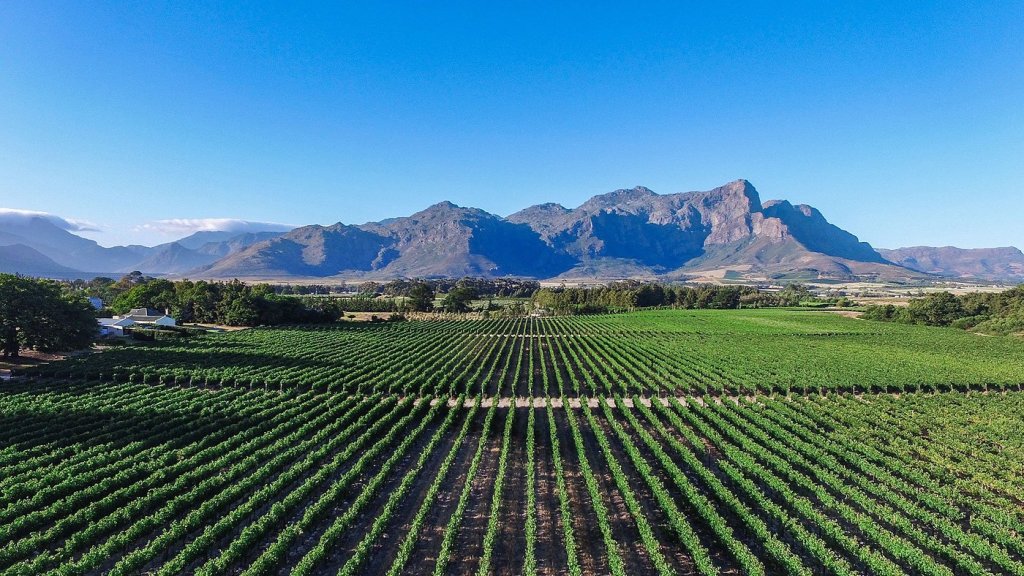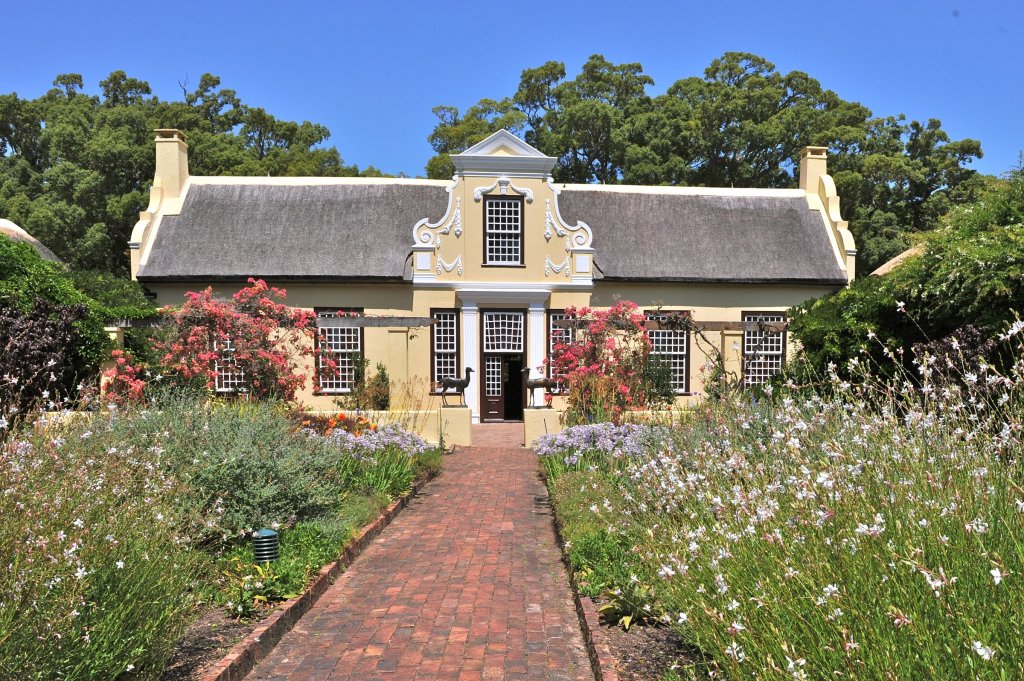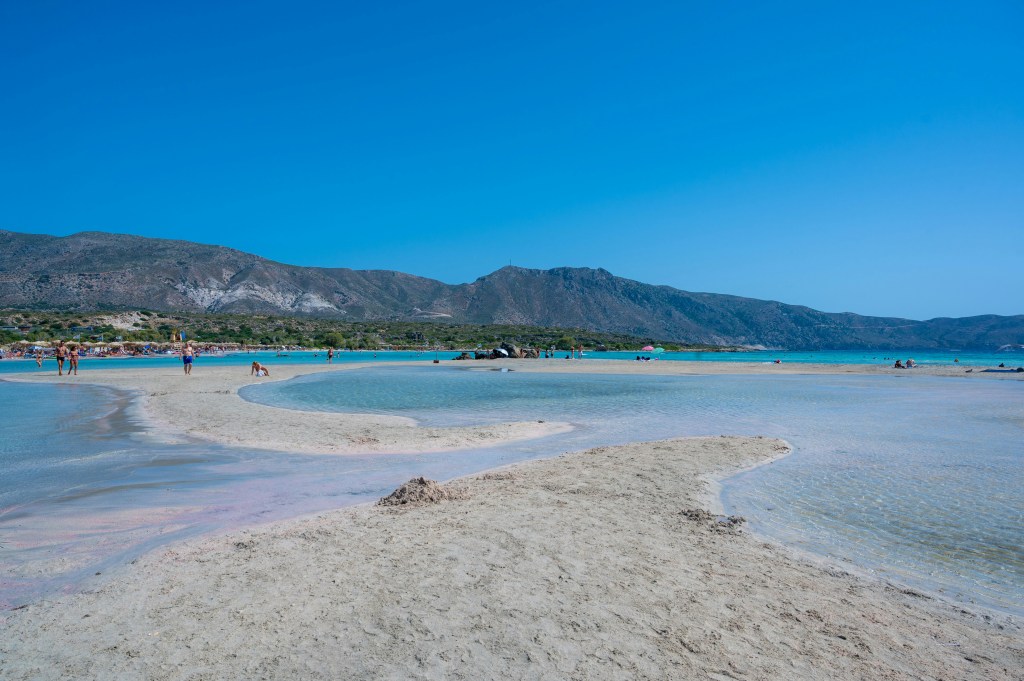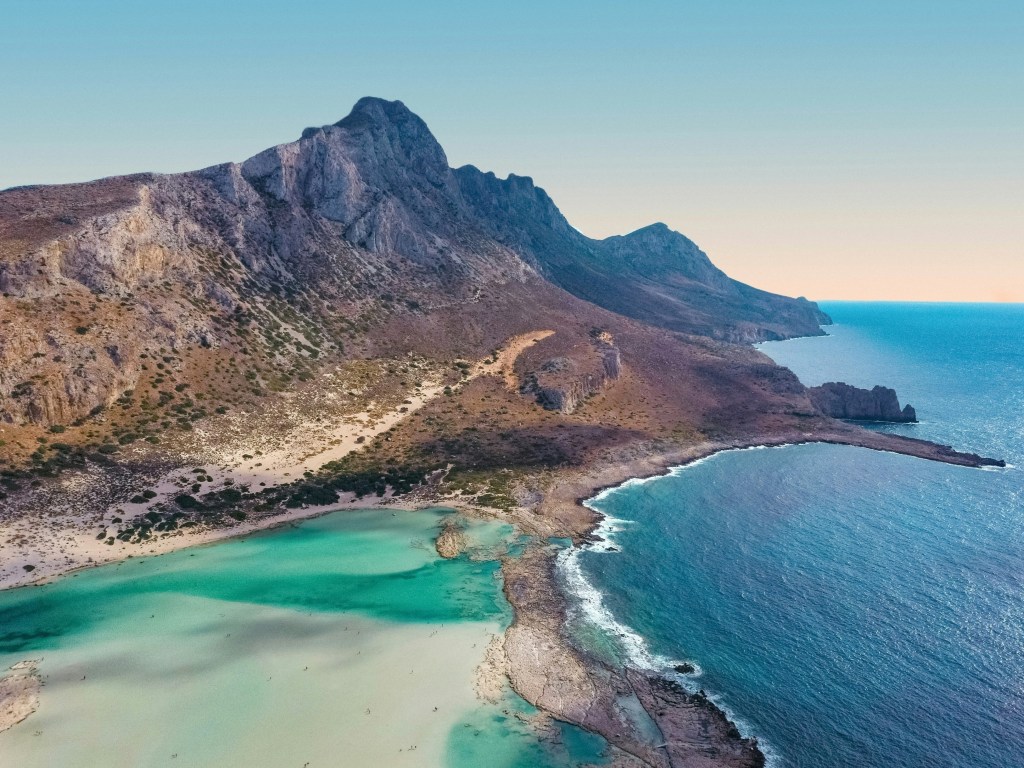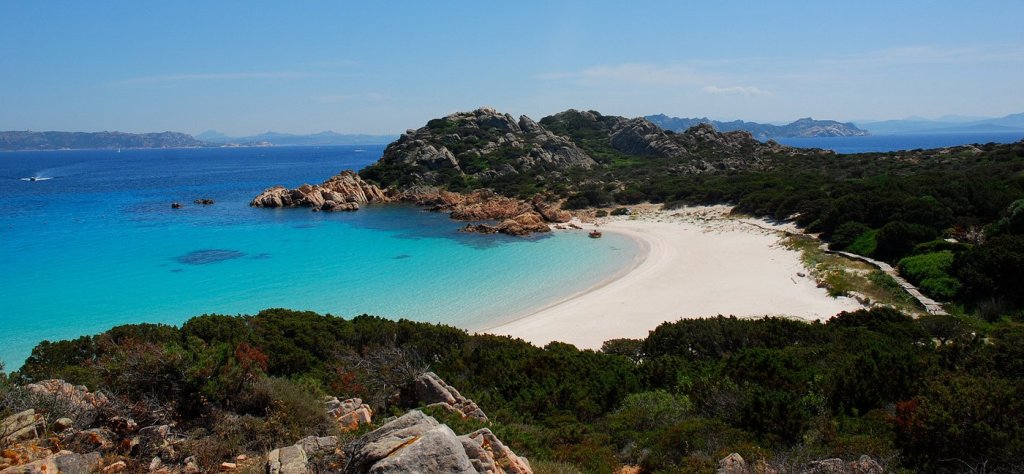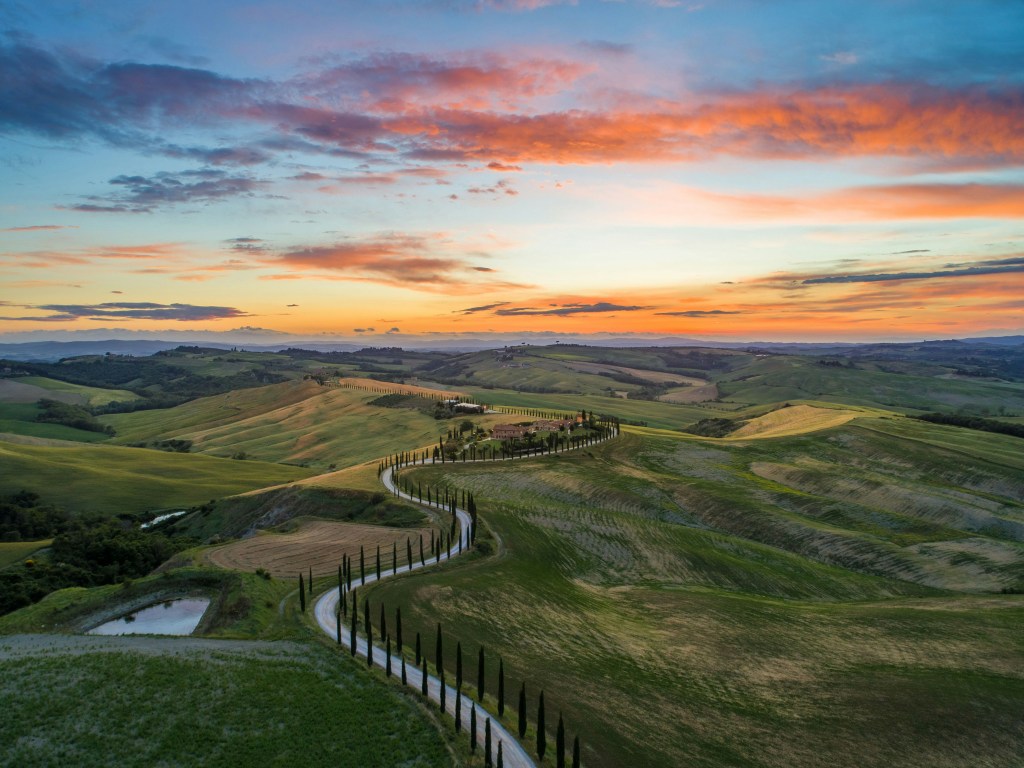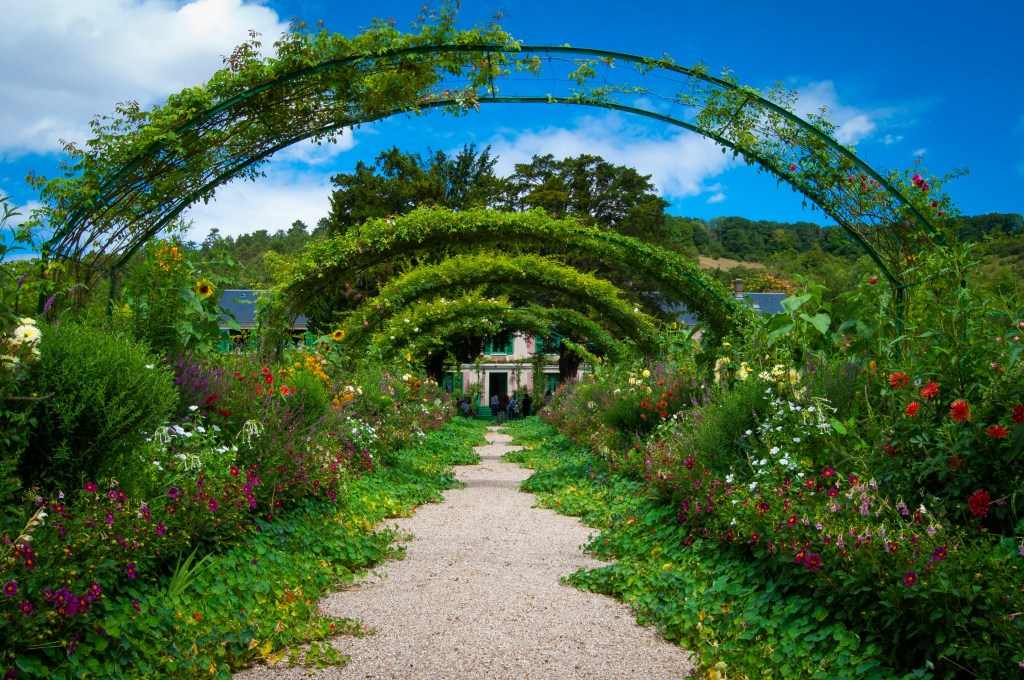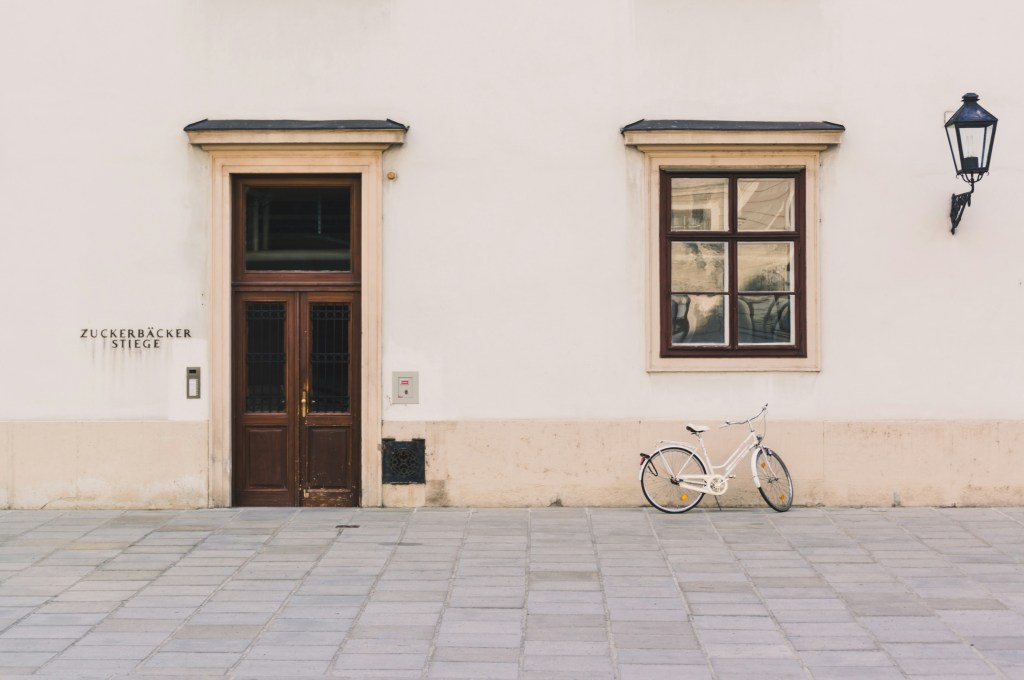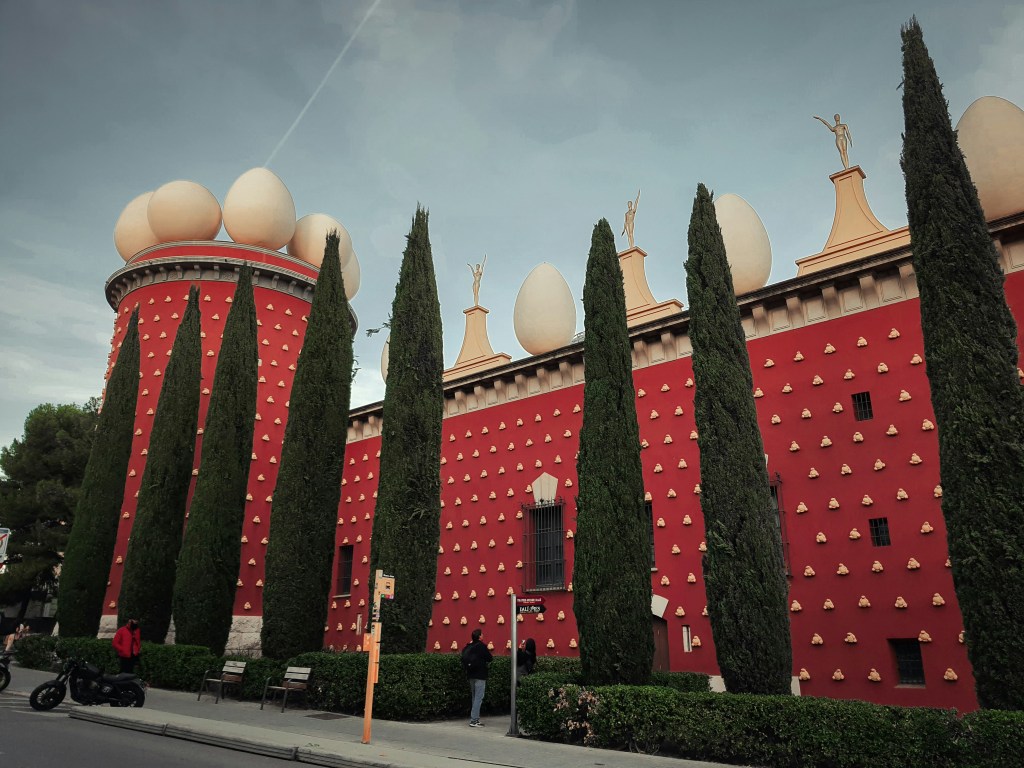Colombia is one of the most mystical and stunning places on earth.
The Sierra Nevada mountains are towering and blanketed in healthy green jungles. The country’s coastlines have clear waters and sandy beaches. Most are rimmed with—guess what—more jungle.
Toss in the added allure of tasty dishes like almohada pastries, the very danceable traditions like cumbia and salsa, and world-renowned artists like Gabriel Garcia Marquez, and it’s easy to see why Colombia holds a special place in the traveler’s heart.
But did you that Colombia is also home to ancient ruins—some of which even predate Peru’s famous Machu Picchu?
Ciudad Perdida, or ‘lost city’ in Spanish, was uncovered back in the 1970s.
While the area’s Indigenous Kagi people have been well aware of the ruins for centuries, intrigue quickly spread about the newly rediscovered city. And it’s stayed at the forefront for many visitors to Santa Marta.
Ciudad Perdida: was it ever really lost?
The story of Ciudad Perdida is a long and complex one. Let’s start with its modern history.
As mentioned above, it was ‘rediscovered’ back in the 1970s. Locals often whispered about extensive ruins hidden in the dense jungle, which eventually caught the attention of looters.
And I’m not talking about opportunistic looters. I’m talking about professional and career-level looters who worked together under the title of Los Sepúlvedas. And they weren’t interested in lost cities—instead, they were hunting for tombs to raid.
It didn’t take long for Los Sepúlvedas to find what they were after.
Soon, dozens of groups (many armed) were righting to divest Ciudad Perdida and the surrounding area of all goods—from golden jewelry to metalworks to stone carvings.
It’s believed that during the 1970s and 80s, the remaining ancestral gold belonging to the Kogi and other Indigenous groups was fully divested from Ciudad Perdida.
The fight for Ciudad Perdida
For decades, burial sites and other structures were uncovered, looted, and then sold on the black market.
The most mind-bowing part? That’s actually how archaeologists found out about the newly rediscovered Ciudad Perdida.
A few archaeologists spotted never-before-seen golden urns and similar artifacts being sold on the black market. They rang the alarm bells and descended upon the site. Starting in the 1980s, they got to work carefully restoring much of the ancient city.
Still, looters didn’t give up. For decades, Ciudad Perdida was the site of ongoing archaeology digs, raids from looters, and a slowly incoming number of tourists interested in seeing one of South America’s lost cities.
In 2005, the Colombian government stepped in to prevent fighting and secure the area for locals and tourists. The Army still patrols the area to this day with the goal of preventing looting, monitoring environmental practices, and battling unsustainable tourism.
(Caught your intrigue? I’ll cover how you can visit Ciudad Perdida below!)
Teyuna: Capital of the Tairona
Ciudad Perdida isn’t a great name for this location because it’s not actually a lost city.
Indigenous groups in the surrounding areas, including the Kogi, have been aware of the city’s existence for centuries. How, you might ask?
Because the Kogi are descended from Ciudad Perdida’s original inhabitants: the Tairuna.
And they remember the city’s name as Teyuna.
The Tairona’s descendants haven’t traveled far from Teyuna. Along with the Kogi, the Arsarios, Arhuacos, Kankwamos, and Chimilas retain ancestral knowledge of the Sierra Nevadas where Teyuna is located.
At the height of its reach around 1,500 years ago, Teyuna likely served as a central hub for a vast network of surrounding villages.
The Tairona were a varied people who lived in the Sierra Nevada mountains out onto the beaches of Santa Marta. Modular tribes collected and shared resources—which may have been traded in a larger city like Teyuna.
It’s believed that the Tairona abandoned the city during the time of Spanish colonization. As a peaceful people, escaping further into the jungle was preferable to war against the Spanish.
Modern Teyuna
As mentioned above, Teyuna is popular with adventurous tourists—which is partly why the government works hard to keep this area safe.
The modern site of Teyuna consists of almost 170 terraces that are carved into the mountains. Some wooden structures remain, while others have been renovated. The ancient Tairona tribes laid roads using small tiles and set up circular plazas around the city.
To access Teyuna, visitors must climb 1,200 steps toward the site. But travelers can’t get there on their own. The government requires all visitors to have a licensed guide with them in order to preserve the habitat and the ruins.
And those guides are the modern descendants of the Tairona, which means all visitors are granted permission to Ciudad Perdida based on the discretion of modern tribes like the Kogi.
Visiting Ciudad Perdida, aka Teyuna
Teyuna is accessible from the coastal city of Santa Marta. From there, visitors must travel to the small town of Mamey. There, you’ll meet up with your guide who will take you into the jungle of the Sierra Nevada mountains.
Which usually involves a four-day trek through remote jungles and forests.
That’s right—those 1,200 steps that lead to Teyuna are just the cherry on top of a grueling, multi-day hike through a humid jungle. Only the fit will survive. Only the very fit will actually enjoy the experience.
Along the way, you’ll get to meet with local tribes, stay in basic lodgings, and sample some indigenous foods. But keep in mind that you’re very much in their territory. The government established the area around Teyuna as an indigenous reserve back in 1984.
If you want to explore Teyuna, I recommend booking one of these tours. Visitors have rated them highly.

